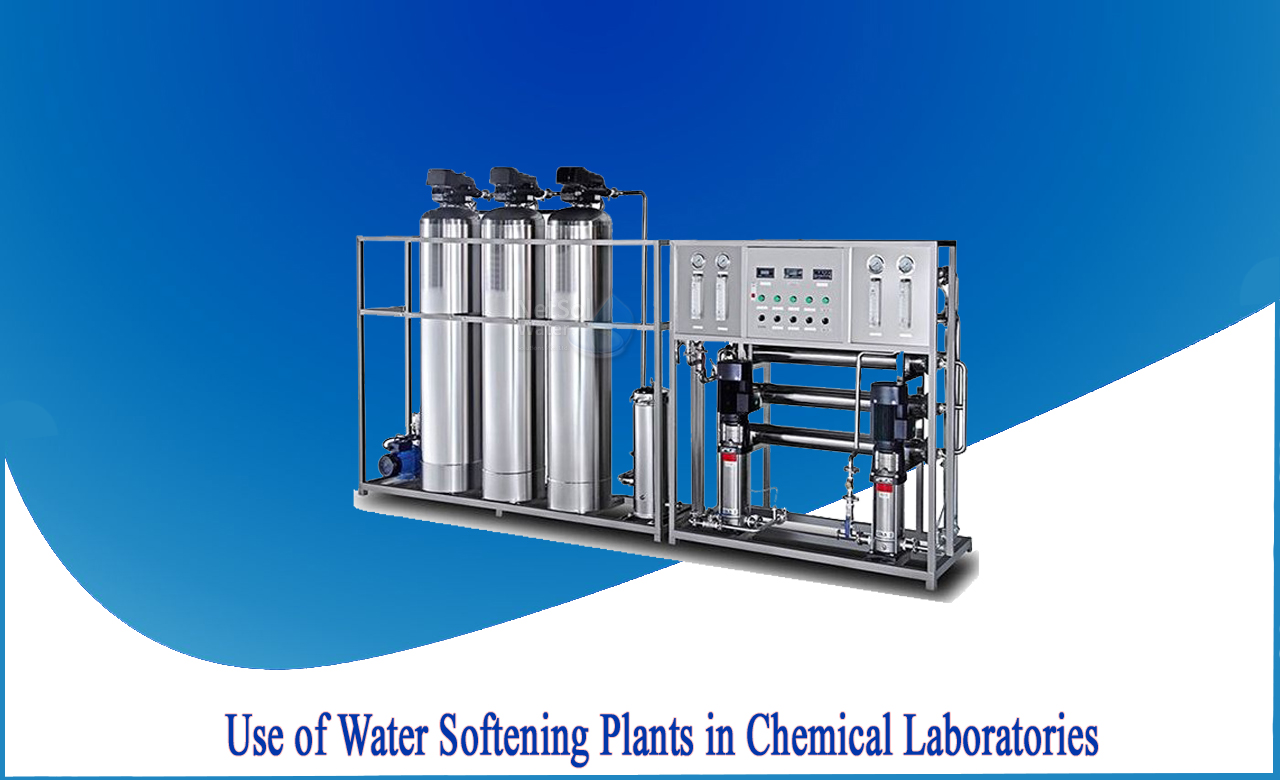What is hard water?
When water is described as 'hard,' it simply implies that it has more minerals than regular water. Calcium and magnesium are two of the most important minerals. When more calcium and magnesium dissolve in the water, the hardness of the water rises.Magnesium and calcium ions have a positive charge. Other positively charged ions will dissolve less easily in hard water than in water that does not contain calcium and magnesium due to their presence.This is the reason why soap does not dissolve completely in hard water.
What is the process of water softening?
Hard water is defined as water that has a large amount of calcium and magnesium. Hard water is infamous for clogging pipes and making soap and detergent dissolving in water more difficult.Water softening is a method of removing the ions that produce hardness in water, most often calcium and magnesium ions. During the softening process, iron ions may be eliminated as well.A water softening machine connected directly to the water supply is the best way to soften water.
Why use of water softener plant in chemical laboratories?
H2O is the chemical formula for water, which we learn in school. However, like with so much of what we learn in school that is far too simplistic. Anions, cations, organics, dissolved gases, and other substances abound in the water we drink. Water has been cleansed to make it drinkable for us, but it is filthy from the standpoint of a laboratory scientist.
We need to get our water closer to the school ideal of H2O (pure water) in a laboratory; water that is so pure that it is harmful to drink. Traditionally, this was accomplished through distillation, but more energy-efficient and effective techniques have been developed in recent years. Understanding these processes is crucial in determining the type of water we require.
Different types of water used in laboratories
Most lab users have access to multiple grades of water. Below, we'll go over some more specifics. The electrical conductivity of water is a general indicator of its quality. Pure H2O (containing exclusively of H+ and OH ions) has a resistivity of 18.2-18.3 megaohms.cm (at 25oC), although contamination lowers this value. Total Organic Carbon (TOC) is also tested in order to determine the presence of organic pollutants in water (measured in ppm or ppb).
>Water from the tap
In the laboratory, tap water is only used to a limited extent. Many contaminants in tap water might react or catalyze processes in undesirable ways, or just taint analysis if left untreated. It must be actively kept away from some laboratories, such as those studying samples with low amounts of chlorine. I believe the following would be a fair appraisal of its utilization in most physical science laboratories:
-Cleaning filthy glassware before further washing, cleaning the laboratory, and washing extra chemicals/samples down the sink are all common uses for tap water.
-Making up solutions, final washing of glassware, or any other application that will have a direct impact on the task should not be done with tap water.
>DI (Deionized) water
The typical laboratory water is deionized water. It is clean enough for the purposes of the laboratory in many laboratories. I believe the following would be a fair appraisal of its utilization in most physical science laboratories:
-DI water is typically used for cleaning reusable equipment and other general lab activities (e.g., making solutions, rinsing filter papers, etc.) where impurities at the ppm or higher level are a concern.
-DI water should not be utilized for regular lab cleaning or analytical chemistry operations when impurity levels are measured in ppbs.
Conclusion:
As stated above the use of clean water is essential for laboratory use as a single contaminant can lead to misguided or wrong results. Thus, it is very important for labs to use water free from any contamination. This pure water can be achieved by many processes and one of these is water softening in which Water is routed via an electrical field and ion exchange resins. Ions are removed more efficiently by the potential difference than by resins alone.
Consult Netsol water for more information.




